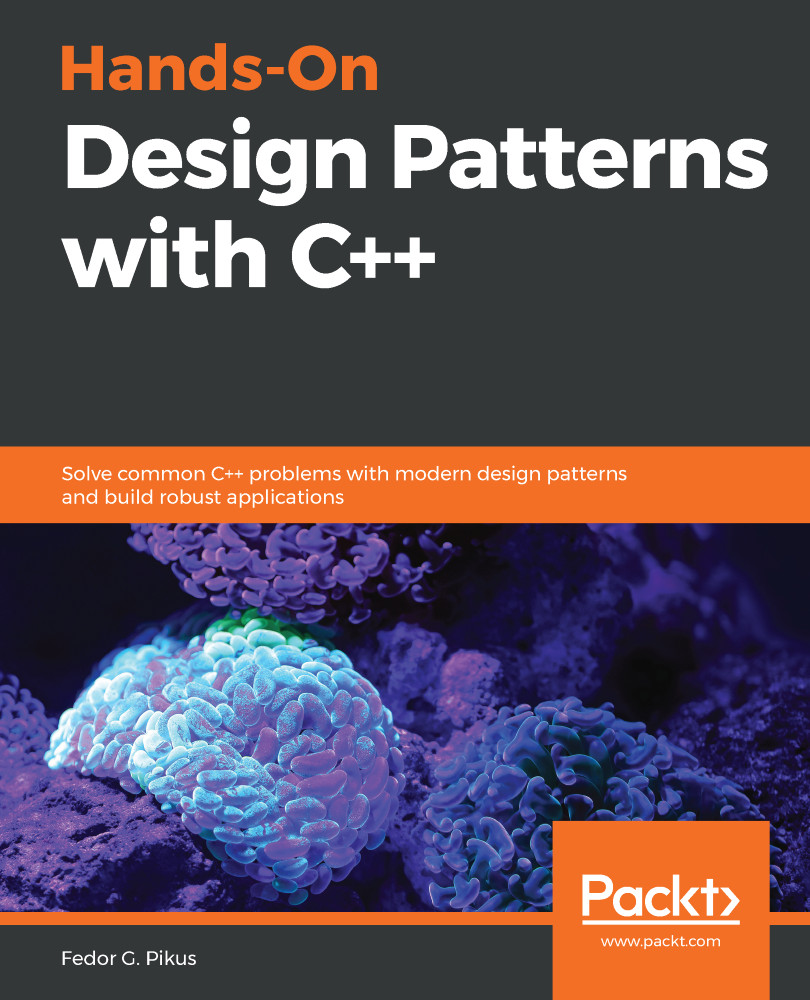Not all design patterns are concerned with designing class hierarchies. For commonly occurring problems, a software design pattern is the most general and reusable solution and, for those programming in C++, one of the most commonly occurring problems is inadequate performance. One of the most common causes of such poor performance is inefficient memory management. Patterns were developed to deal with these problems. In this chapter, we will explore one such pattern that addresses, in particular, the overhead of small, frequent memory allocations.
The following topics will be covered in this chapter:
- What is the overhead of small memory allocations, and how can it be measured?
- What is the local buffer optimization, how does it improve performance, and how can the improvements be measured?
- When can the local buffer optimization pattern be used effectively...



